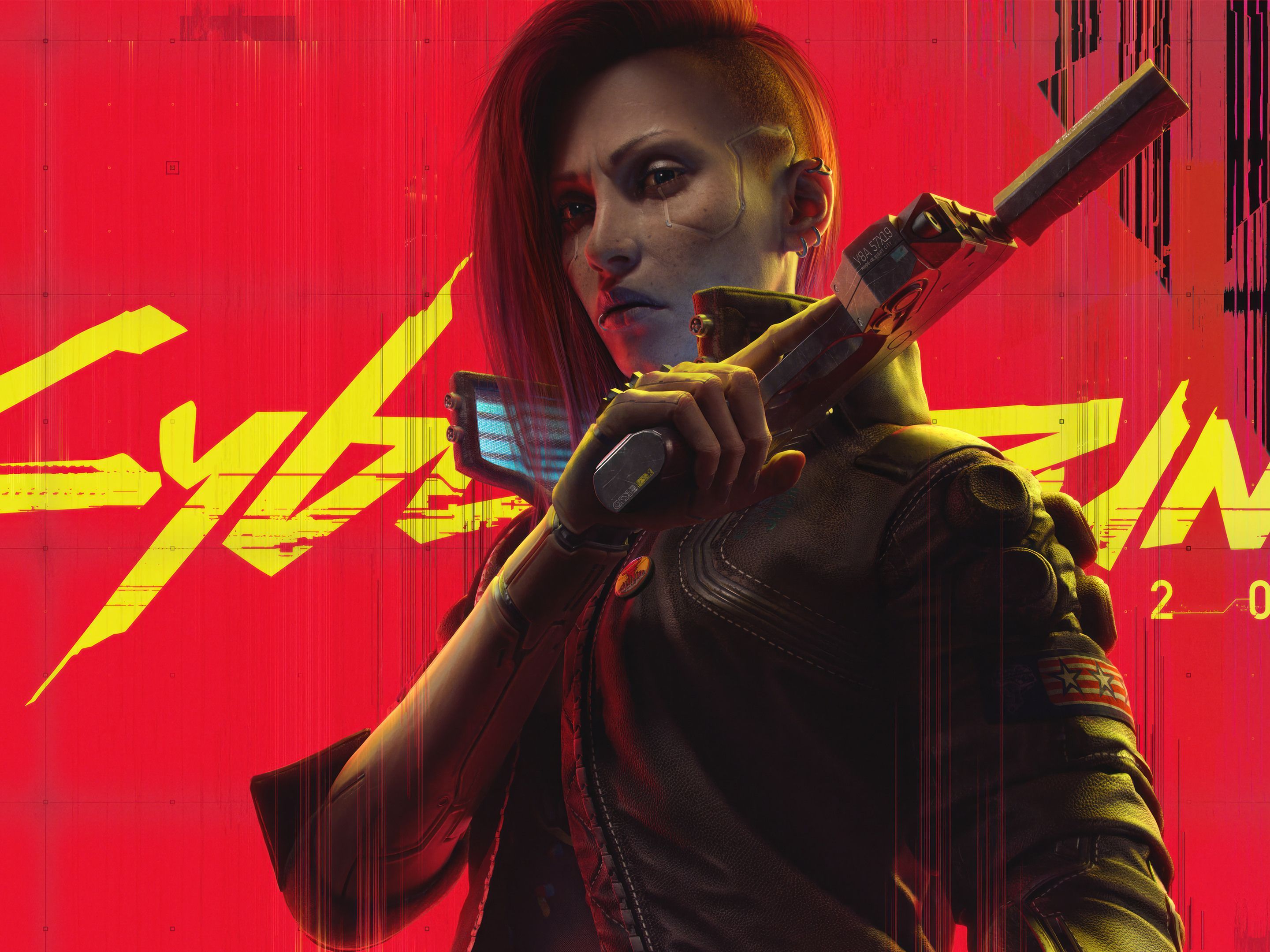How AAA Game News Influences Game Design Choices
The video game industry, particularly the AAA segment, operates at the intersection of art, technology, and commerce. With development cycles stretching over years and budgets often exceeding hundreds of millions of dollars, the stakes for these blockbuster titles are incredibly high. In this high-pressure environment, game design choices are rarely made in a vacuum. One of the most potent external forces shaping these decisions is the constant stream of news, reviews, and community discourse that surrounds upcoming and released titles. The influence of AAA game news—encompassing everything from official press releases and journalist previews to influencer opinions and fan reactions—has become an integral, albeit complex, component of modern game design.
The Hype Machine and Pre-Release Design Adjustments
Long before a game hits store shelves, it exists in the public consciousness through a carefully curated flow of news. Announcement trailers, gameplay reveals at events like E3 or The Game Awards, and exclusive previews in major publications are all designed to build anticipation. This pre-release cycle is not a one-way street; it is a critical feedback loop for developers.
When a gameplay demo is showcased, the development team and publishers meticulously monitor the reaction. A positive response to a specific mechanic, such as the free-flow combat in Rocksteady’s Batman: Arkham series after its initial reveal, can validate the team’s direction and encourage them to double down on that feature. Conversely, negative feedback can trigger significant design pivots. A classic example is the response to the initial art style of The Legend of Zelda: The Wind Waker. While the cel-shaded visuals are now beloved, the initial news cycle was filled with mixed and often negative reactions from fans expecting a more realistic aesthetic following the tech demo for the GameCube. Although Nintendo held firm on its artistic vision, the intense news coverage undoubtedly influenced the marketing narrative and may have impacted internal discussions for future titles.
This pre-release news cycle also shapes design through market analysis. If news breaks that a competing AAA title is featuring a particular successful innovation—like the nemesis system in Middle-earth: Shadow of Mordor—other studios may be incentivized to incorporate similar, though legally distinct, mechanics into their own projects to stay competitive. This creates design trends that ripple across the industry, driven by news of what is resonating with players and critics.
The Launch Day Crucible and Post-Release Iteration
The influence of game news intensifies dramatically at launch. Reviews from major outlets like IGN, GameSpot, and Kotaku can make or break a game’s commercial success. These reviews are not just consumer guides; they are direct, highly publicized critiques of design choices. A score can dictate sales, but the written content often provides granular feedback on specific elements: narrative pacing, character development, mission structure, or multiplayer balance.
In today’s always-connected world, this feedback is instantaneous. Developers no longer have to wait for monthly magazines to print; they see the metacritic score aggregate in real-time and can read detailed critiques within hours of release. This immediate pressure has given rise to the "Day One Patch," a phenomenon where developers use the period between a game going gold and its release date to address issues highlighted in early reviews or from early copies in the wild.
More profoundly, the live-service model adopted by many AAA games has made game news a permanent partner in the design process. Games like Destiny 2, Fortnite, and Tom Clancy's Rainbow Six Siege are designed to evolve. The news cycle surrounding these games—reporting on player sentiment, balance win rates, and community controversies—directly fuels their design updates.
When news outlets and influencers report that a specific weapon or character is "overpowered" or that a particular map is poorly designed, it creates a powerful consensus that the developers are almost compelled to address. The design team for Rainbow Six Siege, for instance, has a dedicated team that analyzes player data alongside community and news feedback to plan its seasonal operator and map adjustments. In this context, game news acts as a megaphone for the community, amplifying certain issues to a volume that cannot be ignored and directly shaping the game’s meta and balance for years after release.
The Double-Edged Sword: Innovation vs. Playing It Safe
While this feedback can lead to better-polished and more player-responsive games, the influence of AAA game news also presents a significant risk: the stifling of innovation. The intense scrutiny of the news cycle can make publishers and developers risk-averse. If a novel mechanic in a newly released game is panned by critics, it can send a chilling effect through the industry, discouraging others from experimenting.
Publishers, wary of negative news cycles that could damage their brand and stock value, may push developers toward proven formulas and design tropes that are known to garner positive reviews and high scores. This can lead to a homogenization of AAA games, where many blockbusters feel mechanically similar, prioritizing graphical fidelity and expansive open worlds over unique or experimental gameplay for fear of alienating a broad audience.
Furthermore, the news cycle’s tendency to focus on controversies—such as the implementation of microtransactions in Star Wars Battlefront II or the bug-ridden launch of Cyberpunk 2077—can force drastic, reactive design changes. While often beneficial for consumers, these changes can sometimes dismantle a core part of the game’s intended monetization or design structure, leading to rushed solutions that may not be as cohesive as the original vision.
Conclusion: A Symbiotic, Yet Precarious, Relationship
The relationship between AAA game news and game design is fundamentally symbiotic, yet inherently precarious. News outlets and content creators need access to games and information to produce content, while developers and publishers rely on this coverage for marketing and vital feedback. This dynamic has transformed game design from a closed-door process into a more open, collaborative dialogue with its audience.
However, this dialogue must be managed with care. Developers must learn to filter the valuable signal of constructive criticism from the noise of fleeting outrage. They must balance the desire to respond to player feedback with the confidence to execute a singular, creative vision. Ultimately, the most successful AAA titles are those that listen to the conversation happening in the news without being wholly dictated by it. They use the feedback as a tool for refinement, not a blueprint for creation, ensuring that the final product is not just a response to market forces, but a cohesive and compelling piece of interactive art.















